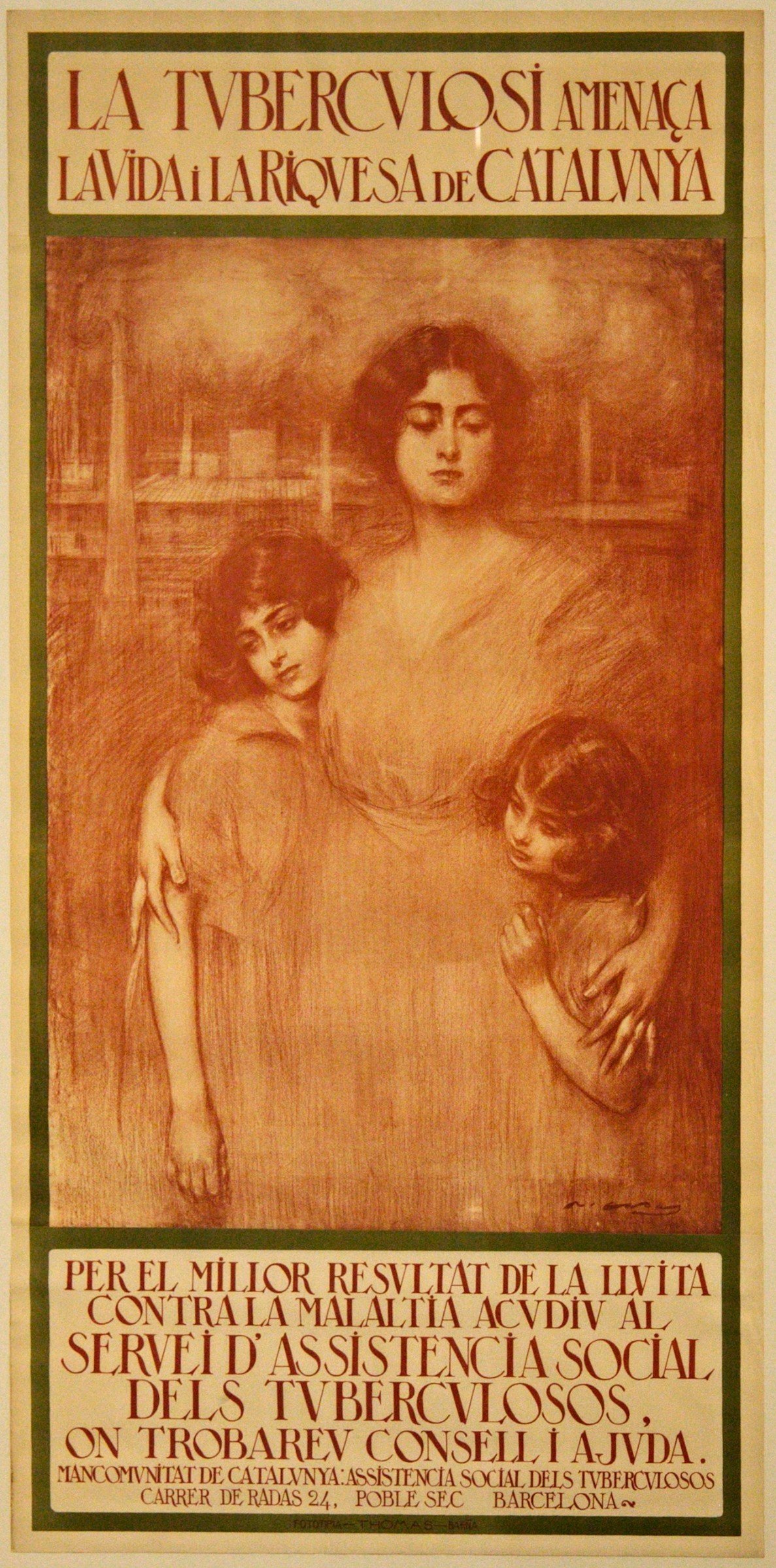Barcelona, on a spring day 81 years ago: 16th May 1939. Three and a half months after the Francoist forces had occupied the city (26/01/1939) as the Spanish Civil War came to an end, the local authorities of the new regime officially declared the existence of a major outbreak of tuberculosis (TB) which was affecting thousands of people. There are no official figures for infections and deaths. José Maria Milà Camps, Franco-appointed president of the Barcelona provincial authority, the Diputació, limited the figure to "many people". However, a study by doctors Seix and Sayol calculates 1,730 deaths in Barcelona city alone. The facts reveal that the 1939 tuberculosis epidemic, focused almost exclusively on Catalonia, was a weapon of bacteriological repression.
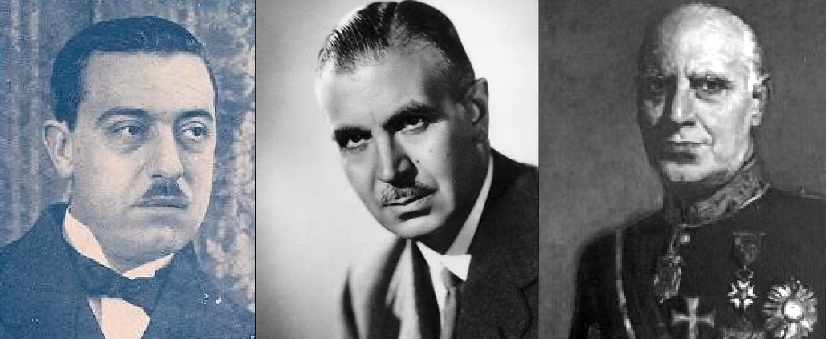
González Oliveros, Mateu Pla, and Milà Camps / Source: Universidad Carlos III, Museu de Perelada, Diputació de Barcelona
In 1939, tuberculosis was still an endemic disease. Eighteen years earlier (1921), the BCG vaccine, developed by doctors Calmette and Guérin in France, had been successfully tested and used to immunize the population. But it wasn't until 1943 that streptomycin appeared, an antibiotic discovered by Selman Waksman in the United States that would be the first effective cure. It began to be marketed in 1946, but it was not accessible in Franco's Spain until a decade later. In the meantime, it could only be acquired by smuggling through Andorra. And thus, it could only be obtained by families with sufficient resources to pay a stratospheric price.
Figures from the 1939 outbreak clearly place that episode in the epidemic category. Once again, the study of Catalan researchers Seix and Sayol reveals that, after a sustained decline in TB over six decades, reducing its impact by 66%, the death toll escalated in 1939, suddenly and dizzyingly, to reach the peak level of 1880. The 1939 epidemic was a new brutal and tragic outbreak caused, in large part, by the destruction of the hospital network of Catalonia, by the effect of the Civil War fascist bombings of the city and by the dismantling and liquidation of the preventive policies of the Catalan government, which counted for nothing after the Francoists occupied most of Catalonia in the first weeks of 1939.
The significant masses of people infected and, consequently, of those who died, were located in prisons, orphanages, and dwellings that were semi-demolished houses as a result of bombing. Overcrowded prisons (El Model, with 18,000 prisoners, multiplied its previous maximum capacity by 22); unhealthy orphanages (which were nothing more than penitentiaries for children) and families in the poorest parts of society living in sub-human conditions; with the addition of malnutrition, abuse and lack of hygiene. A scenario more than conducive to the rapid spread of the disease and its lethal effects.
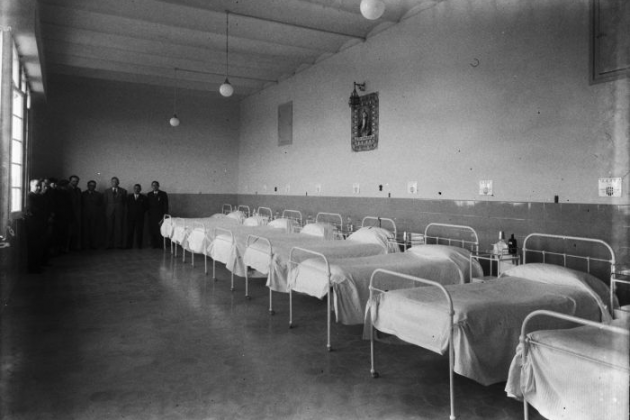
TB ward at Barcelona's Hospital de Sant Pau (1930s) / Source: Arxiu Nacional de Catalunya. Fons Brangulí
This parorama explains the terrible rise in numbers of people infected and the very high mortality rate of that outbreak in 1939. But to explain the lack of political will to alleviate that epidemic, we need to provide more of a profile of those affected. To give one example, the inmate population of El Model prison consisted almost exclusively of political prisoners. A statement made at the time by Isidro Castrillón López, the highest penitentiary authority in Catalonia, is very revealing: “I speak to the prison population. You have to know that a prisoner is the tenth millionth part of a shit." And, the regime's approach, based on this attitude, extended equally to the children of Republican prisoners and war victims who were held in orphanages.
Indeed, the Franco regime did not allocate a single peseta to them. They justified this by saying it was non-essential spending. An official report at the time declared that "handling those impoverished people with all kinds of social flaws is very difficult because you have to combine the necessary discipline with a minimum of humanity." This theory of "social flaws" was related to the thesis of Vallejo-Nágera, the regime's psychiatrist, who claimed that those who supported the Republicans (and of these, the Catalan nationalists, in particular) were suitable for sending to insane asylums. And with this sordid argument, the Francoist authorities decided to limits their care policy to a request for private contributions — that is, charity — without any type of oversight.
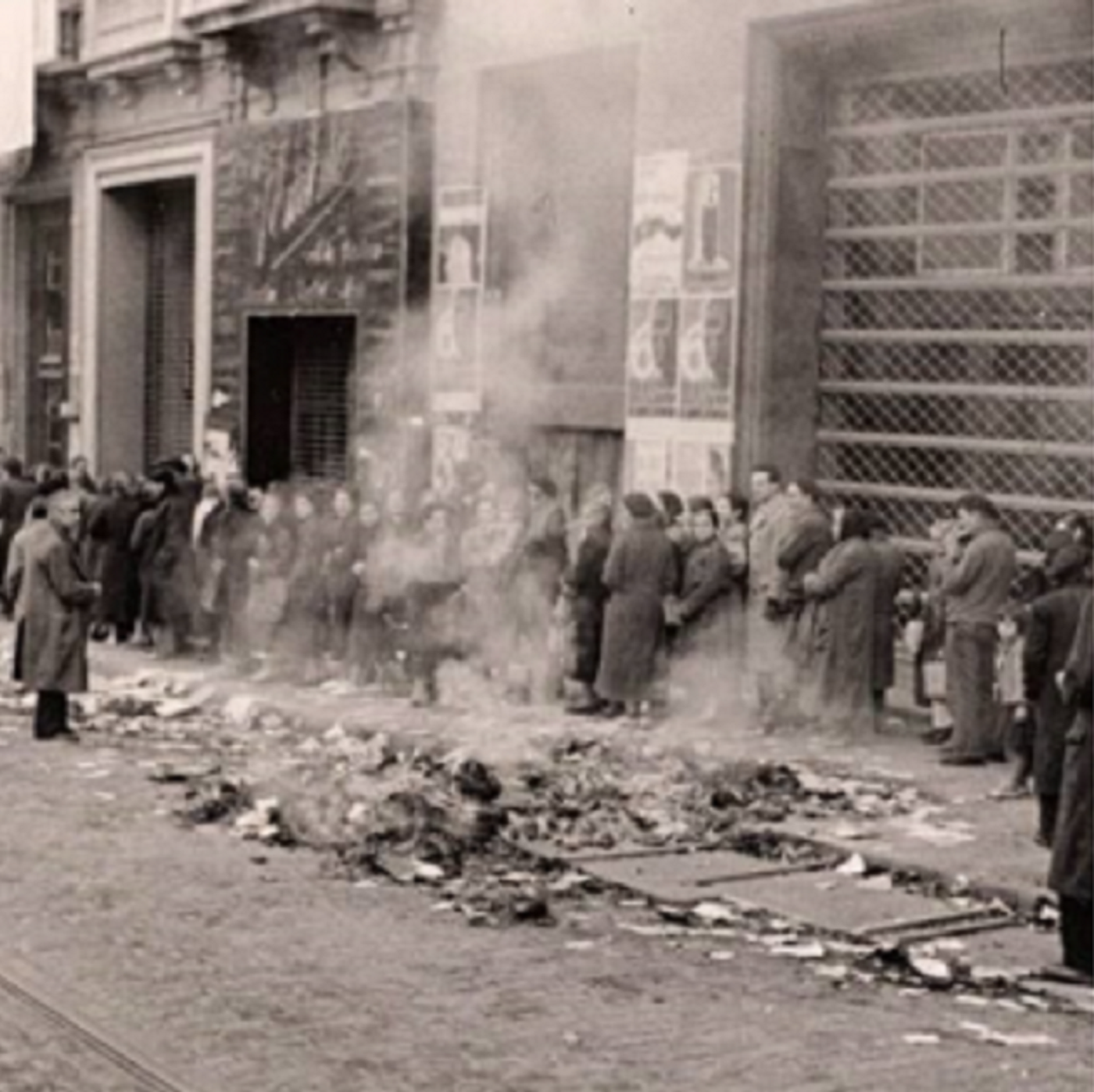 Rationing queues. Barcelona (1939) / Source: Blog The Spanish Civil War
Rationing queues. Barcelona (1939) / Source: Blog The Spanish Civil War
The figure of 1,730 deaths is very likely an undercourt because the Franco regime also had another way - more expeditious, and worse than suspicious - to deal with these health crises: to expel people who were infected from cities and towns. The statistics indicate that this pattern was in frequent use during the long postwar period (1939-1951). For example, professor Isabel Jiménez Lucena, of the University of Málaga, reveals that in 1941 a typhus epidemic was detected in Guadix (Granada) that affected around 4,000 people. The answer of the Francoist authorities would be to forcefully put those people on a train, and relocate them to Valencia.
And while all this was happening, the civil governor of Barcelona, Wenceslao González Oliveros devoted all his energies and efforts — personal and institutional — to organizing hunts for rojos-separatistas, “red-separatists”. At the height of the crisis, when 20 people were dying daily from tuberculosis, González Oliveros appeared on the front pages of the press, for example, accompanying the Civil Guard as they dismantled a "very dangerous" clandestine Catalan school; or at the head of a municipal brigade tearing down street signs that the Republicans had put up — of course, in Catalan language — which had survived the first wave of repression.
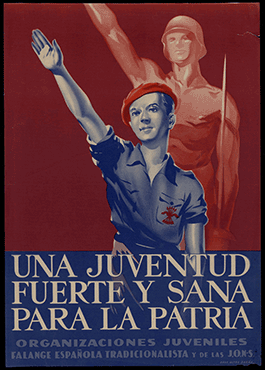
Francoist poster (1939): "A strong and healthy youth for the homeland" / Source: Historical Archive of the City of Barcelona
Meanwhile, in Madrid, a typhus epidemic was declared (November 1939). But, surprisingly, unlike what happened in Catalonia, or what would happen in the Valencian Country and Andalusia a year later; the Franco regime allocated funds to the fight against the diseases: one million pesetas (the equivalent of seven million euros today). Thus, there were patients who were treated as second-class - and others regarded as third-class. As well as those who were treated better than both groups, and who wore military uniforms, or those of the Spanish fascist party, the Falange. In Barcelona, at the height of the crisis, mayor Miguel Mateu Pla would authorize a banquet at the Ritz with a 14,000 peseta budget (the equivalent of 90,000 euros), for Heinrich Himmler and a retinue of 95 Nazis and Falangists (23rd October 1940), who were on an excursion to Catalonia in search of the Holy Grail.
Main image: Detail of a health poster released by the Mancomunitat de Catalunya (c.1920), from a work by Ramon Casas / Source: Wikipedia

